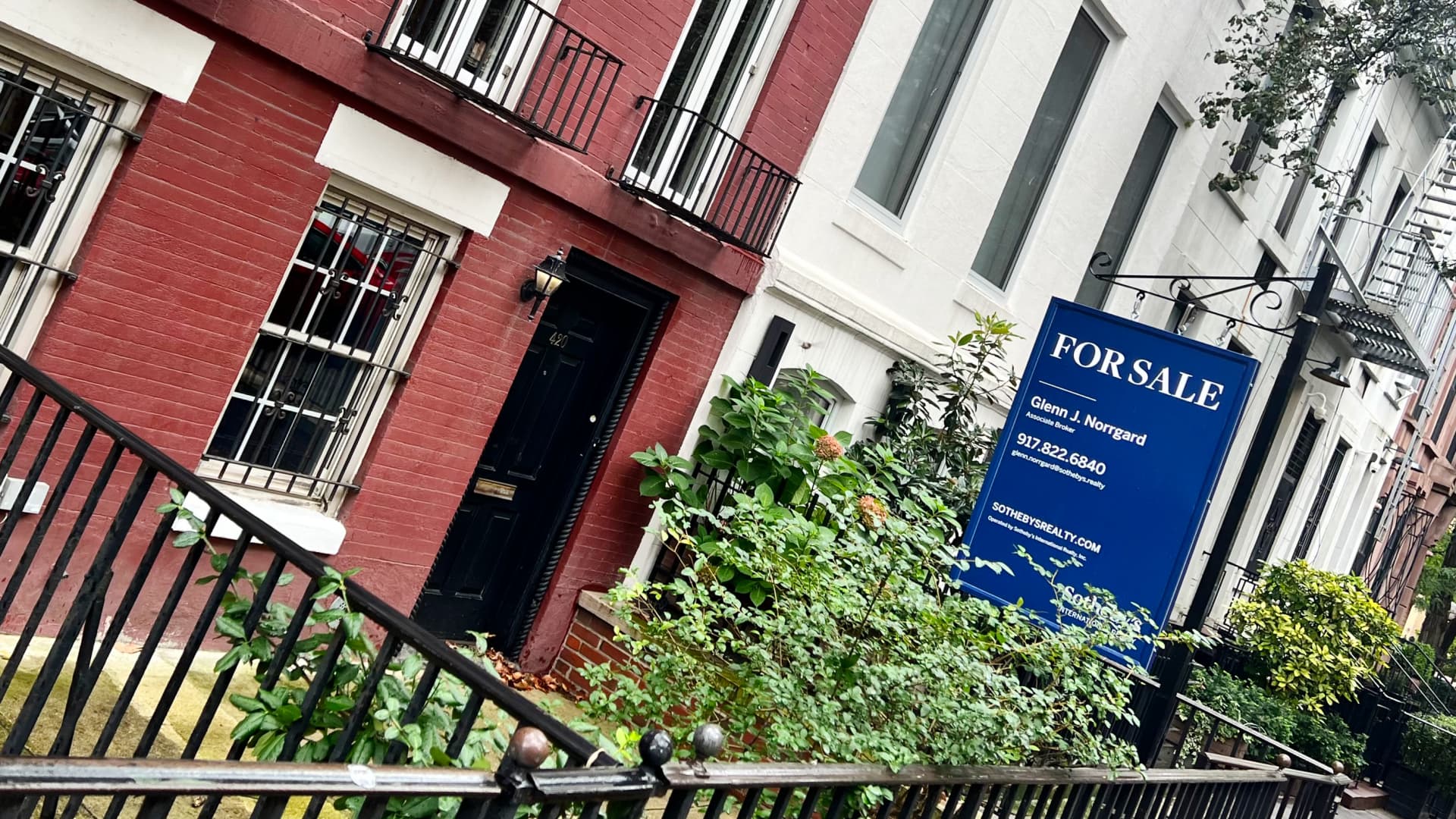Higher mortgage rates appear to be doing very little to cool home prices.
Nationally, prices were 3.9% higher in September compared with the same month a year earlier, up from a 2.5% annual gain in August, according to the S&P CoreLogic Case-Shiller Index. This occurred as the average rate on the 30-year fixed mortgage climbed toward 8%.
Of the 20 metropolitan markets highlighted in the report, Detroit saw the biggest annual increase at 6.7%, followed by San Diego at 6.5% and New York at 6.3%. Three of the 20 cities, Las Vegas, Phoenix and Portland, Oregon, reported lower prices compared with a year ago. Those cities were some of the biggest gainers in the first few years of the Covid 19 pandemic.
“We’ve commented before on the breadth of the housing market’s strength, which continued to be impressive,” Craig Lazzara, managing director at S&P DJI, said in a release. “Although this year’s increase in mortgage rates has surely suppressed the quantity of homes sold, the relative shortage of inventory for sale has been a solid support for prices.”
Rates have eased in recent weeks, meanwhile, leading to slight growth in mortgage demand.
Year-to-date, home prices nationally have risen 6.1%, much more than the median full calendar year increase in more than 35 years of this index’s data.
“Unless higher rates or exogenous events lead to general economic weakness, the breadth and strength of this month’s report are consistent with an optimistic view of future results,” Lazzara added.
What about rents?
As home prices continue to gain, rents are easing up.
The national median rent dropped 0.9% in November from October, according to Apartment List. The benchmark has now fallen 3.5% from its all-time high in August 2022. Rent is nearly $250 a month more than it was three years ago, however.
Rents are dropping due to both seasonal and supply factors. There is a record amount of new apartment supply coming on this year, after a construction boom in the sector.
“Vacancies get harder to fill as we draw closer to the holidays, so now is the time when renters have the most sway in lease negotiations,” according to the report.
Rent growth will continue to be moderated by more supply next year. Nationwide, the apartment vacancy rate is now 6.4%, a touch higher than the pre-pandemic average, and it could rise even more next year.
“Rental growth will pick up again in the spring seasonally, but it’s obvious the deceleration is here and will eventually flow thru the CPI data,” noted Peter Boockvar, chief investment officer at Bleakley Financial Group and a CNBC contributor.
“While inflation here will further cool in 2024, we are setting ourselves up for a reacceleration in the years after. That said, markets we know only care about the here and now and renters will certainly appreciate the slowdown when mortgage rates are above 7% and affordability to buy a home is tough,” he added.
